The route less travelled
Looking for off-the-beaten-track holiday inspiration for this summer? Imogen Lepere has found lesser-known locales that bring character, fine weather and great food in spades
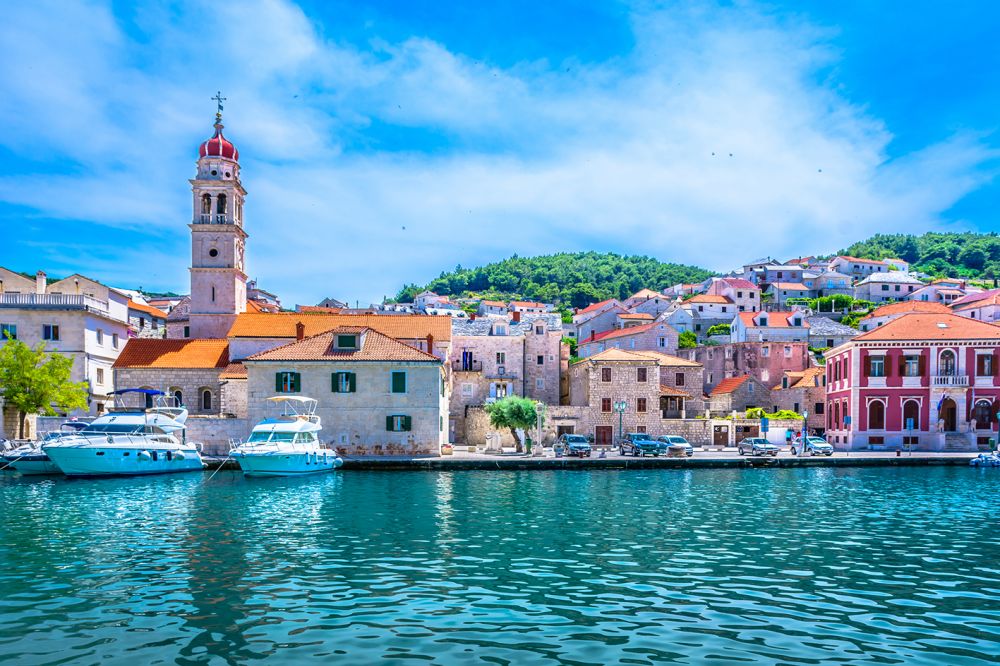
Looking for off-the-beaten-track holiday inspiration for this summer? Imogen Lepere has found lesser-known locales that bring character, fine weather and great food in spades
There must be something in the water on the Cyclades’ most northerly island, because it has produced many of Greece’s most notable explorers and shipping dynasties. These mercenary moguls have worked hard to keep this idyllic isle to themselves and it remains off most tourists’ maps, despite the fact that it is a mere two-hour hop from Athens and its shoreline is scalloped with 70 talcum-soft beaches. However, a team of local volunteers is working hard to change this by restoring 300km of walking trails and encouraging small producers to set up stalls along the way. Inland from the sparkling blue and whitewashed chapels of the coast, a lush network of chestnut forests and sleepy farms is waiting to be discovered. The Andros Route runs from the north coast to the south and usually takes walkers ten days, while the Vori wetlands echo with the cry of rare Eleonora’s falcons. In July, the Goulandris Museum of Contemporary Art in Chora is hosting a major exhibition of Dimitris Mytaras’s paintings.

Eat at Stamatis Taverna, 00 30 22820 41283 and stay at Onar onarandros.gr (doubles from £200). The nearest airport is Athens (108km). The ferry departs from Rafina, Athens; the crossing takes two hours. fastferries.com.gr
Sandwiched between the more accessible Split with its
international airport and glitzier Hvar, this gentle Dalmatian
island is steeped in reminders of its storied past. There are the
rocks heaved into neat heaps by farm workers to make room for
sour-cherry orchards, the once-grand columns of milky stone in
Pucisca, whose quarries have been plundered to carve everything
from Roman palaces to Washington DC’s White House, and the
vertiginous vineyards introduced by the Venetians, which are
reinventing themselves with light, fruity rosés such as Spoza.
It’s impossible to talk about Brač without referencing Zlatni Rat
beach. Shaped like a fang, it stretches 634m into the ocean,
slicing the waves and harnessing swift breezes which make
the surrounding waters a windsurfer’s paradise. Right now, the
pound has a favourable rate of exchange to the Croatian kuna
(1GBP is 8.5HRK at time of printing), making Brač a more
affordable choice than euro-using destinations this month.
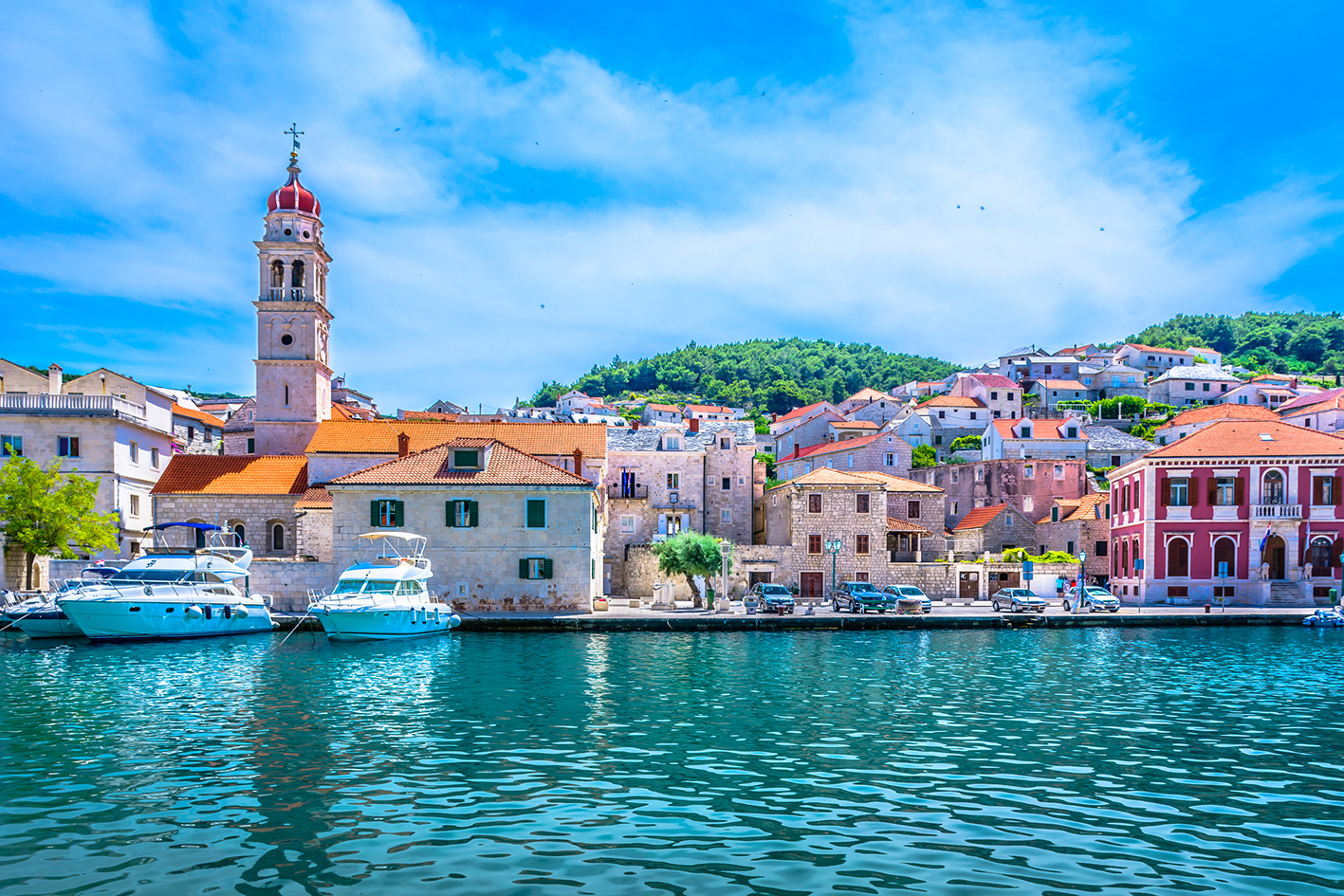
Eat at Konoba Kapetanovo, 00 385 98 995 0781 and stay at Svpetrvs Waterman watermanresorts.com (doubles from £74). The nearest airport is Split (28km). The ferry departsfrom Split Port; the crossing takes 50 minutes. jadrolinija.hr
Under Communism, Albania was an isolated state, with
‘journalists, Americans and men with long hair’ all banned from
entering, according to a government notice. A strict strain of
Communism continued until 1992, keeping the destination
from many people’s ‘must-visit’ lists, but an emerging food
scene, good hotels and a more Westerly outlook have seen this
rapidly change. The capital, Tirana, is a sprawl of Soviet-era
towers painted in jubilant colours by long-suffering residents,
who now embrace every opportunity to express themselves.
Get a sense of life under the regime by descending into BunkArt,
a subterranean hideout built by dictator Enver Hoxha in case of
nuclear war, or browse the National Gallery for propaganda.
The country’s isolation has created a culture of self-sufficiency
when it comes to food production, and a wave of young chefs
who have trained abroad are returning to reimagine indigenous
cuisine. Head to Blloku, a dozen or so streets once the sole
preserve of party officials, and now the heart of the city’s food
scene. Catch the Dajti Express Cable Car to the Mount Dajti
National Park for fabulous views and hiking trails. North of the
city, Lake Bovilla is an azure expanse of water where elderly folk
from the surrounding villages go to play dominoes in the shade.
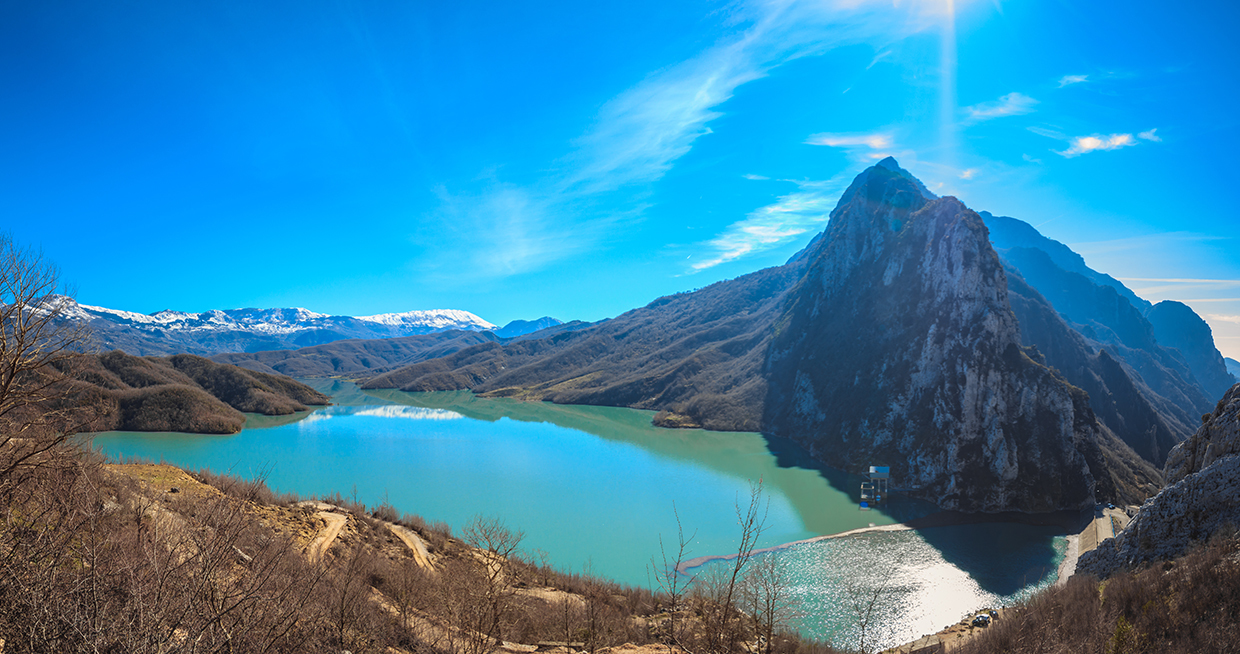
Eat at Mullixhiu, mullixhiu.al and stay at Padam Boutique Hotel padam.al (doubles from £61). The nearest airport is Tirana (17km). The drive into the centre takes around 30 minutes; a single bus ticket costs £1.75pp. tiranaairport.com
Not much happens in Hallstatt and that’s the very reason we’re
tipping it as one of our top escapes this summer. In an age
where we are constantly stimulated by smartphones and city
crowds, what could be more relaxing than a bracing swim in an
Alpine lake followed by apple strudel and schnapps in a snug
café? With half-timbered buildings and pedestrian lanes so
narrow you can reach out and touch the houses on either side,
the jewel of the Salzkammergut region is quintessentially
quaint. There’s plenty to do and see: St Michael’s Chapel is
home to 600 painted skulls, resting here because the graveyard
was full; Lake Hallstatt is where local fishermen net Alpine
char; and a creaky funicular leads 360m up to the oldest salt
mine in the world, from where you can contemplate staggering
views of the glassy water and towering mountains beyond.
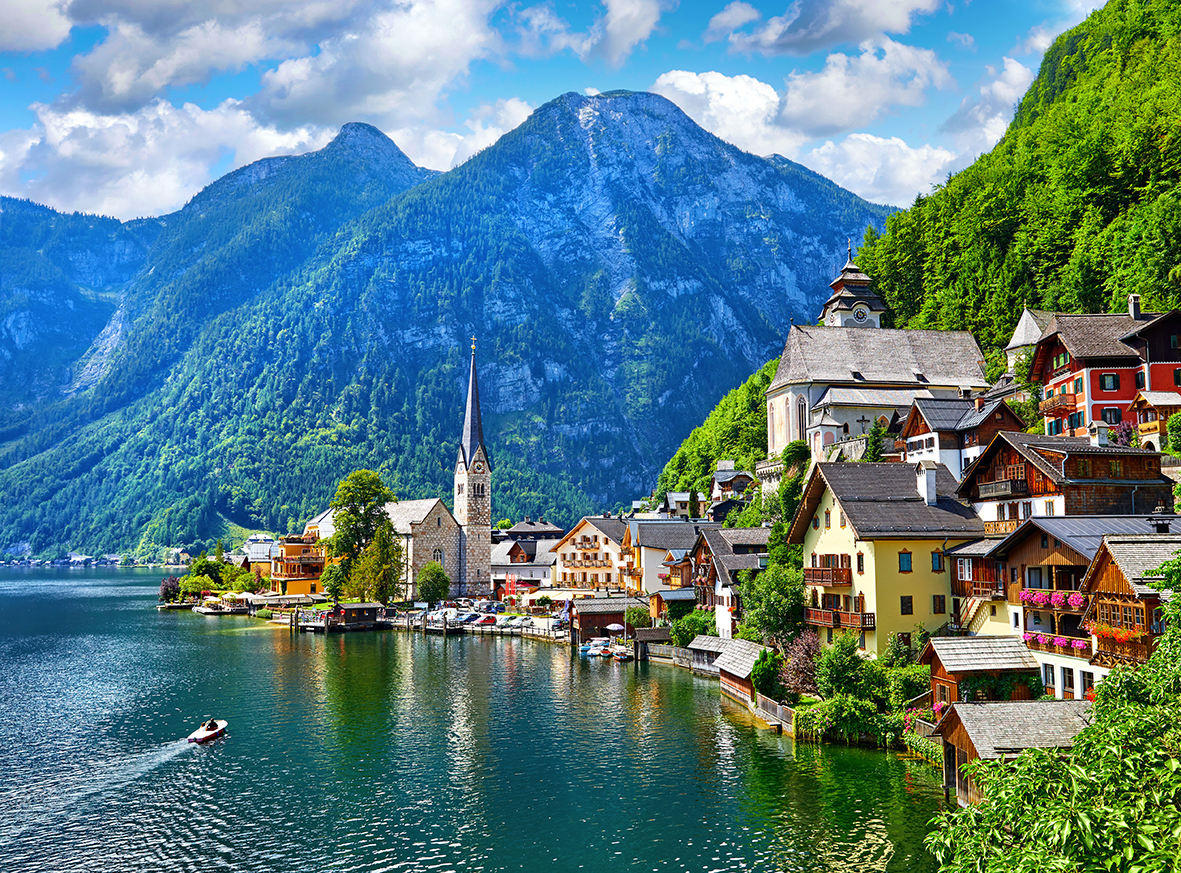
Eat at Rudolfsturm, rudolfsturmhallstatt.at and stay at Seehotel Grüner Baum gruenerbaum.cc (doubles from £217). The nearest airport is Salzburg (75km). The drive to Hallstatt takes a little over one hour.
With Turkey’s political situation increasingly stable after 2016’s
failed military coup and Dalaman airport’s new international
terminal due to open this summer, the Turquoise Coast’s many
resorts are dusting off their sun loungers and raising the awnings
in anticipation. After the lull of the last few summers you’re
guaranteed a welcome even warmer than usual in Kaş. From the
sun-wizened women hawking cheese rolled in fresh parsley
at the Friday market to the smiling proprietor of the town’s
refreshment rooms, where you can sip rosehip tea in a courtyard
shaded by eucalyptus trees, the locals will make you feel like part
of the family. This coastline is the most magnificent in Turkey, so
explore it with a trip on a Turkish gulet over to the Greek island
of Kastellorizo, or by diving down to the ghost of a Dakota DC3
aeroplane near the lighthouse, a favourite haunt of sea turtles.
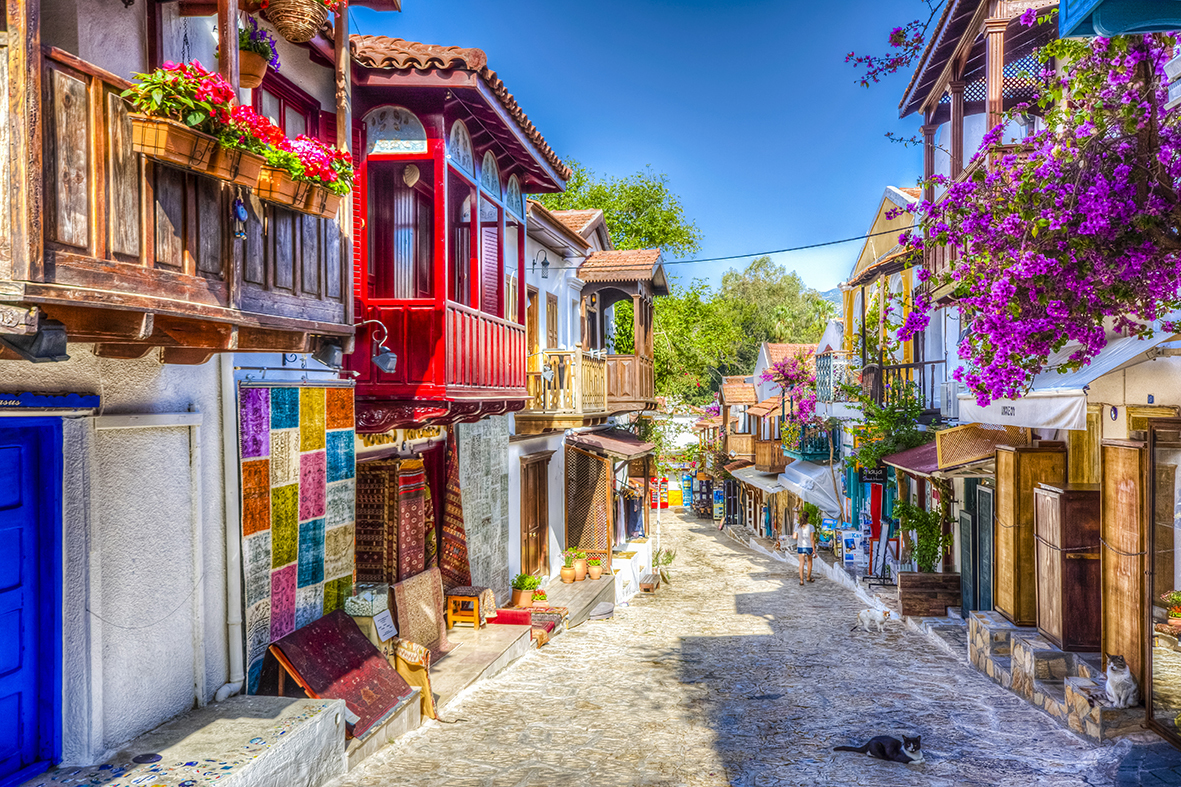
Eat at Bi Lokma, bilokma.com.tr and stay at Deniz Feneri Lighthouse denizfenerilighthouse.com (doubles from £101). The nearest airport is Dalaman (146km). The drive to Kaştakes around two and a half hours.
An enormous expanse of peacock-blue water guarded by
brooding black mountains, the bay of Kotor is a fairy-tale setting
for a summer break. Dream-like villages tenuously strung
together by hairpin roads cling to the crags, but by far the most
beautiful is Kotor, a Unesco-listed tangle of streets right on the
water’s edge. In the 12 years since it gained independence from
Serbia, Montenegro has seen an increase in tourist numbers but
many never make it past the buzzing, beachfront city of Budva.
As you admire the view from St John’s Castle, an epic medieval
fortress 1,350 steps above the town, you’ll realise that their
loss is your gain. Cheerful cafés in historic squares and stone
archways draped in papery clouds of bougainvillea make the
red-roofed old town just as charming as Croatia’s Dubrovnik, but far less busy. On the road to Risan there are plenty of stony
inlets along the way where you can plunge into the icy water
before fortifying yourself with a shot of raki and slab of ripe goat’s
cheese from one of the many farmers’ stalls. Catch a boat from
the pretty village of Perast to Our Lady of the Rocks, an island
considered lucky by sailors because a painting of the Madonna
was found here in centuries past. It’s home to a church dating
back to the 15th century with the original painting on the altar, as
well as other curios such as a tapestry stitched from human hair.
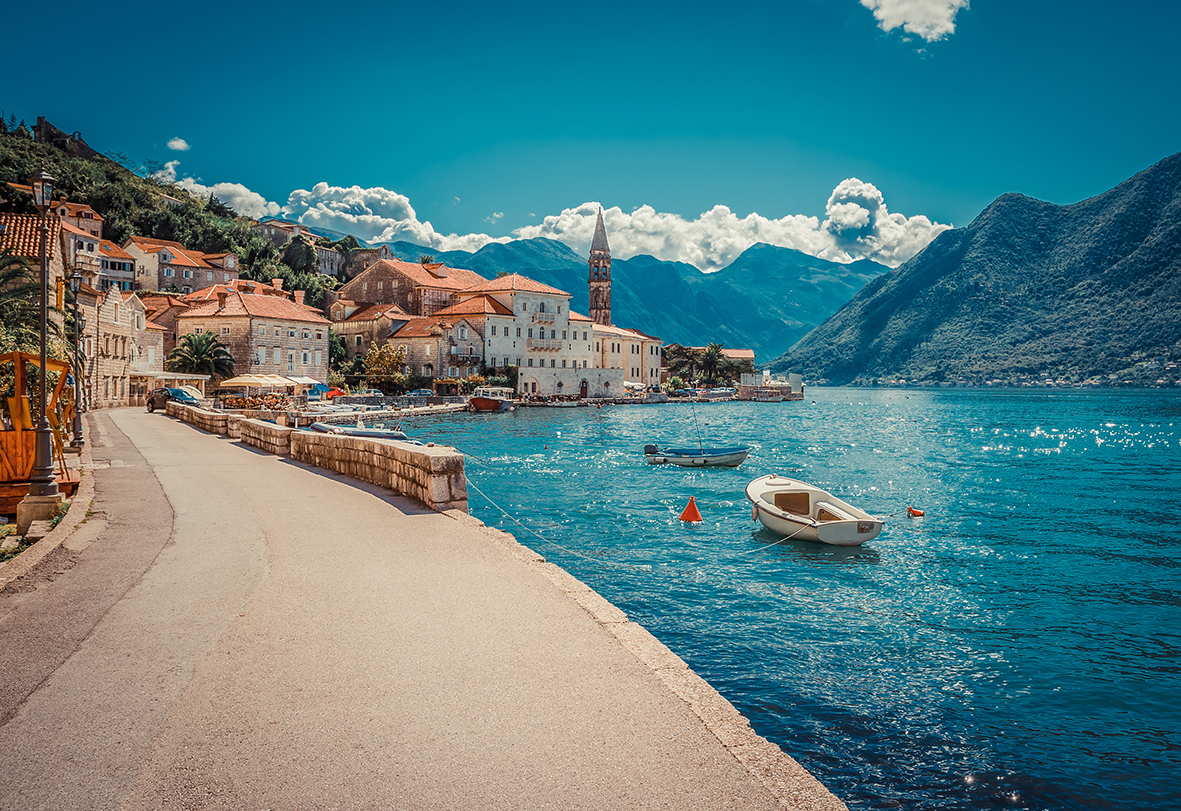
Eat at Restoran Bastion, restoranbastion.com and stay at Hotel Cattaro cattarohotel.com (doubles from £112). The nearest airport is Tivat (8km). The drive to Kotor takes a little over 15 minutes. montenegroairports.com
So you survived The Killing and thrilled as Sofia Helin raced
across the Øresund in The Bridge, but for the first time in what
feels like years, there is a hiatus in cult Scandinavian TV shows.
Get your fix in Skagen, the moody village at the most northerly
tip of the country, which has such a unique light in summer it
was once home to Denmark’s answer to the Bloomsbury Set.
Explore Skagens Museum to see their ethereal paintings before
renting a bike and cycling past the red and yellow clapboard
houses to Grenen, the sand spit where the Baltic and the North
Sea meet; you can actually see the waves meeting head to head.
Don’t miss the taxidermy-filled Odde Nature Centre, designed
by Jørn Utzon, who is better known for the Sydney Opera House.
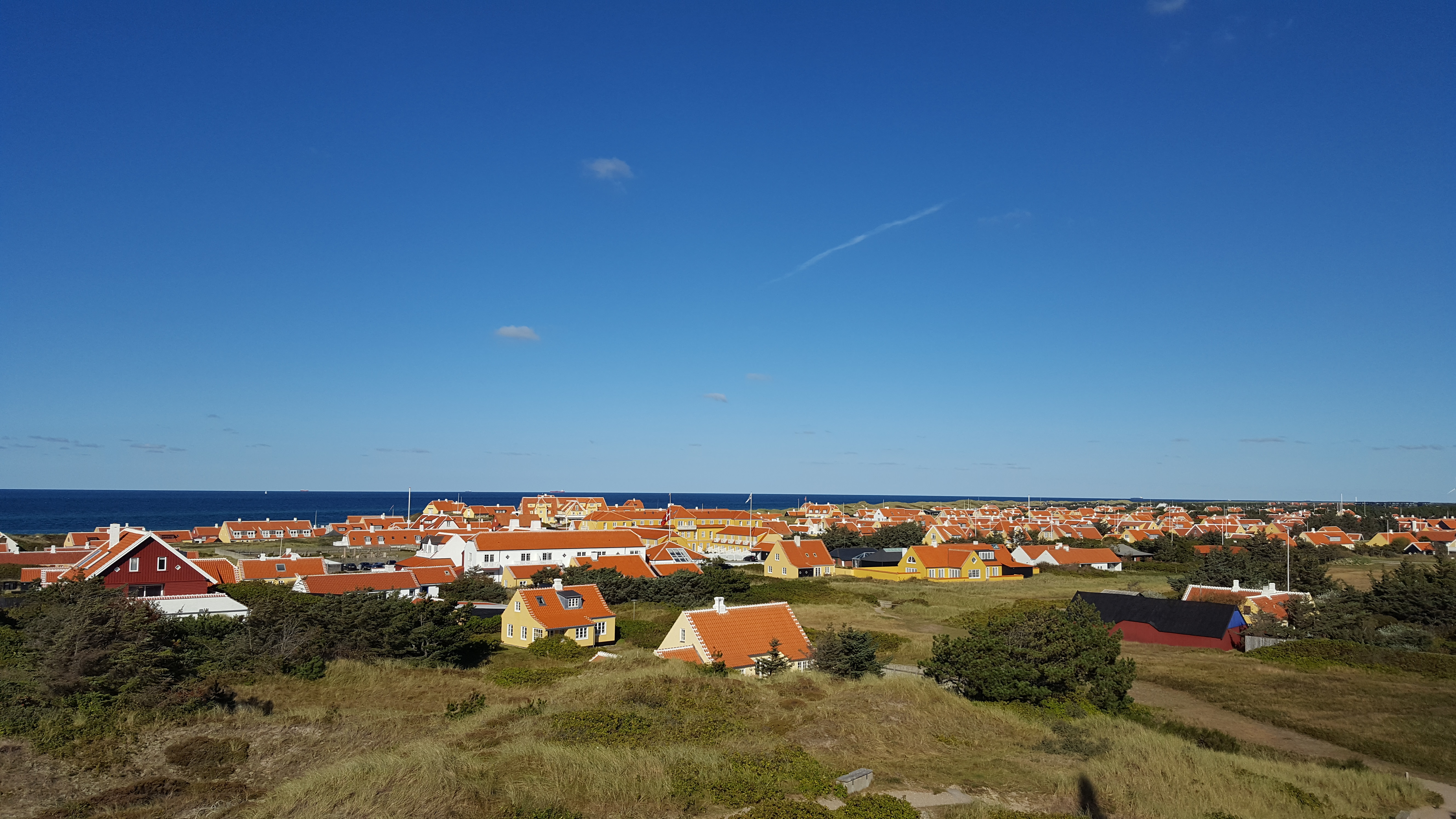
Eat at Pakhuset Skagen, pakhusetskagen.dk and stay at Ruth’s Hotel ruthshotel.dk (doubles from £409). The nearest airport is Gothenburg (83km). The ferry to Frederikshavn takes 3 hours; Skagen is a 25-minute drive.
On a plateau above a jagged gorge overlooking the Murgia
National Park, the ancient city of Matera is so deep within
Basilicata’s spiny heartland it was essentially forgotten about
until the 1950s, when its residents, who were until then dwelling
in Paleolithic-era caves without electricity or running water,
were relocated. Today these very rock houses (known as The
Sassi) are its main draw, although the remote location still
protects it from the tour groups that are as common in much of
Italy as lemon trees on the Amalfi Coast. This could be set to
change next year, however, as Matera has been named European
Capital of Culture 2019. Go now to have its atmospheric alleys
and the deserted caves of the Sasso Caveoso district to yourself.
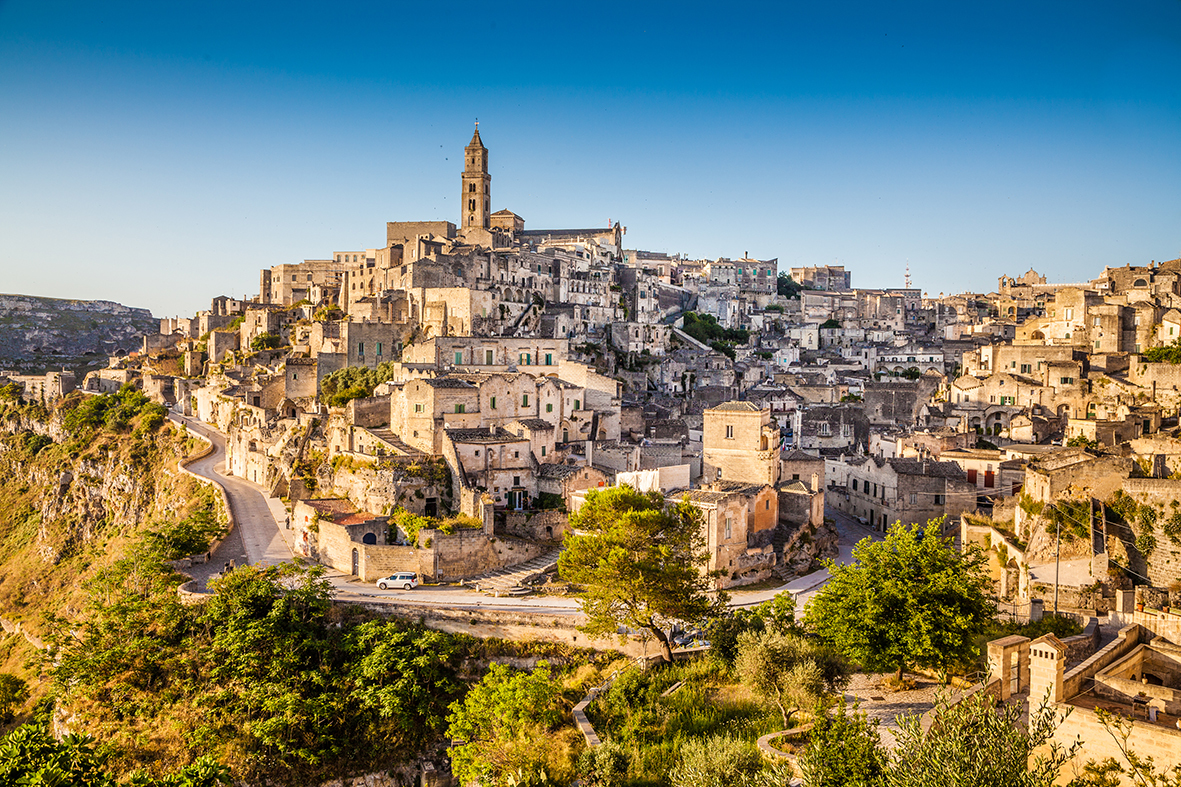
Eat at Ristorante del Caveoso 00 39 0835 312374 and stay at Sextantio le Grotte della Civita legrottedellacivita.sextantio.it (doubles from £307). The nearest airport is Bari (64km). The drive to Matera takes around one hour.
Subscribe and view full print editions online... Subscribe